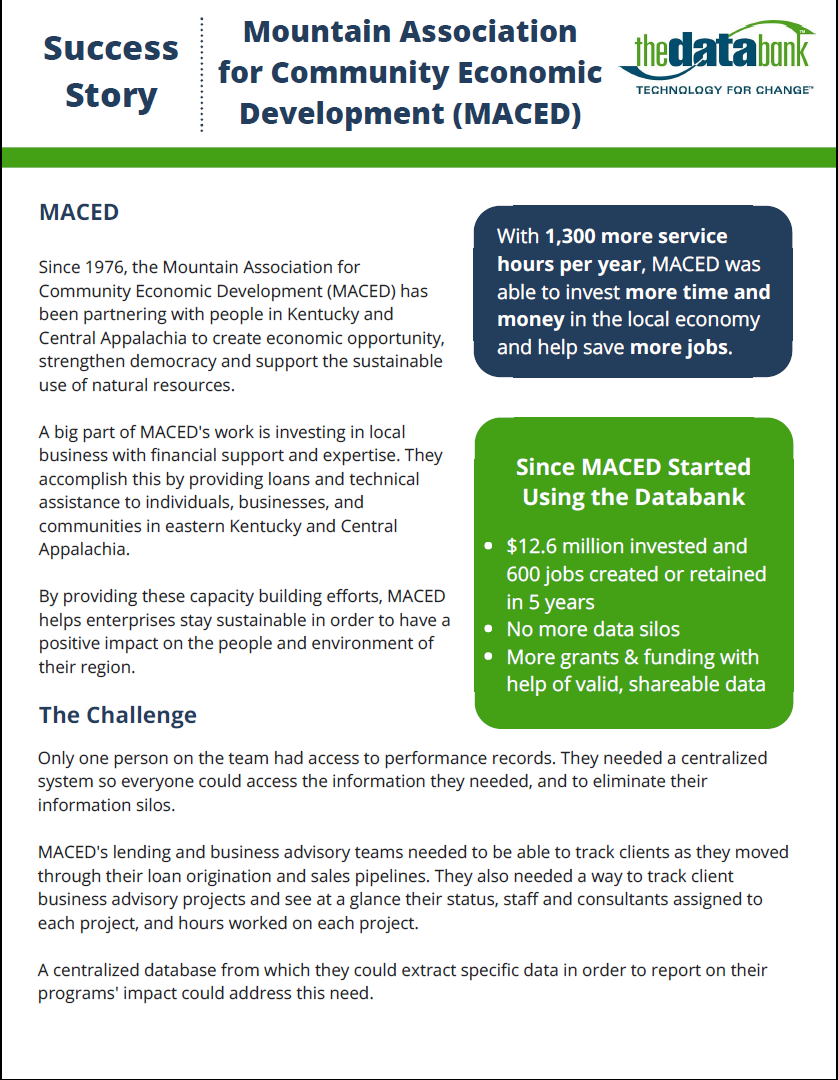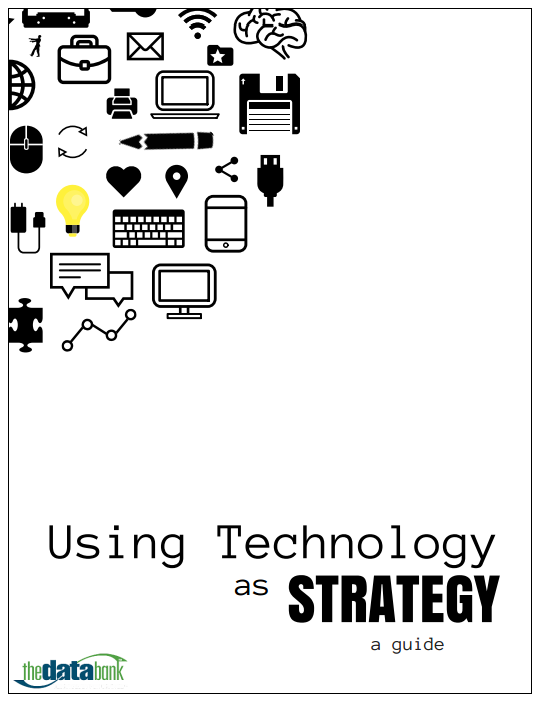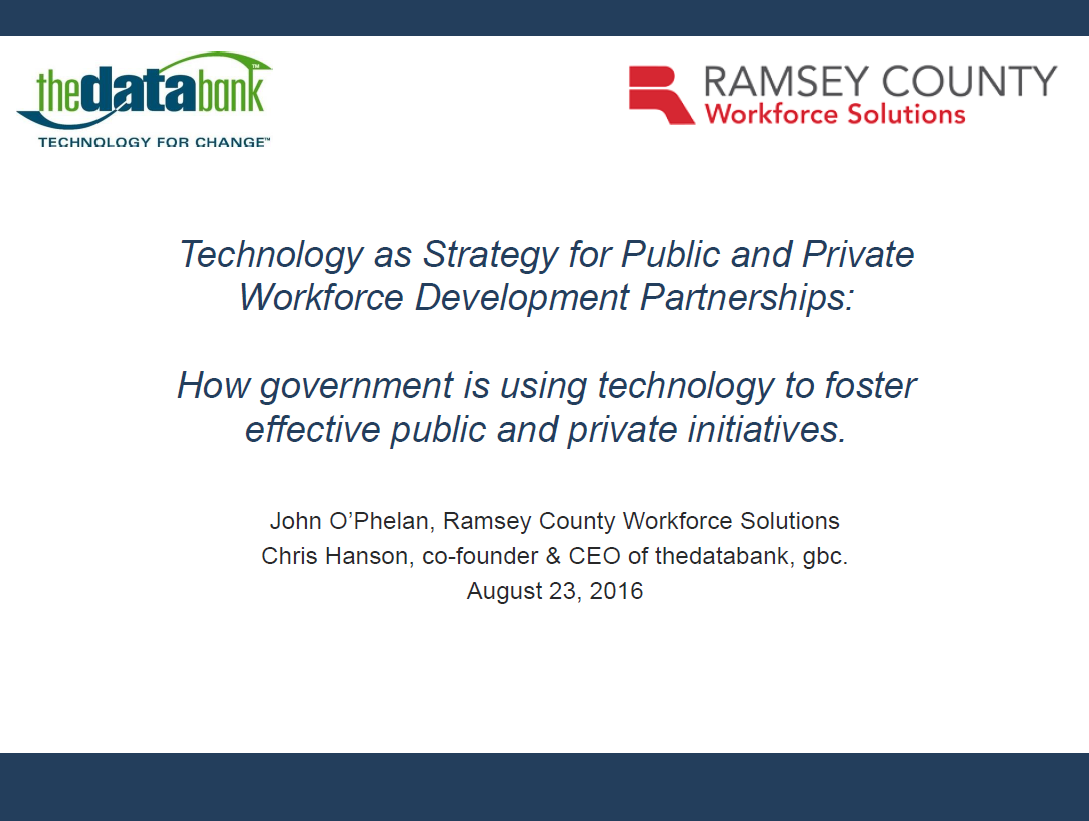Successful nonprofit social media is all about dialogue. One of the aspects of nonprofit work that is so special is the drive to serve its constituents, as well as the need for its constituents support. Your organization’s relationship with the public is a two-way street – shouldn’t that translate to your social media as well? Your social media accounts should be as much of a place where your constituents can share with you and each other, as a place for you to share with them.
6 tips for how to best create a community within your nonprofit’s social media channels
- Express interest. Show your constituents that you are genuinely interested in them. Post questions prompting your constituents to share opinions or tips. On Facebook, questions generally have a better response rate than regular text posts.
- Highlight the accomplishments of your constituents. Did your best super volunteer stay late to clean up after an event? Tell the world! Having a “Volunteer of the Week” makes your supporters feel appreciated, while giving your organization a face. And who better to represent your organization than the people that support it?
- Prioritize quality over quantity. Having 15,000 followers who never visit your page can be as damaging as having a cluttered enews list. Don’t do it. Instead, solicit likes, followers, etc. from event attendees, constituents that follow you on other social networks, and from organizations with similar missions to help build a valuable social media base.
- Engage directly with your constituents. Respond to tweets and Facebook posts. How fun would it be to get a personal response from YOUR favorite organization?
- Capitalize on social media groups. You need to create a virtual common area for your supporters to gather around. Every social media network is different, but LinkedIn and Facebook have Groups, Twitter and Facebook have hashtags, and Google+ has circles. Just be sure not to bite off more than you can chew with social media accounts. Only go where you know you will actually be able to keep up with and engage with your supporters.
- Centralize your accounts. As noted above, too many pages on one network is a bad thing. If you are a small nonprofit, keeping up with 3 different Facebook pages for different sectors of your organization is too much. Having a decentralized social media strategy means more work for you, and less of a common area for your supporters. Think of a centralized social media strategy as a banquet hall, whereas a less centralized strategy would be an apartment building.
What has worked well for building community with your supporters online?


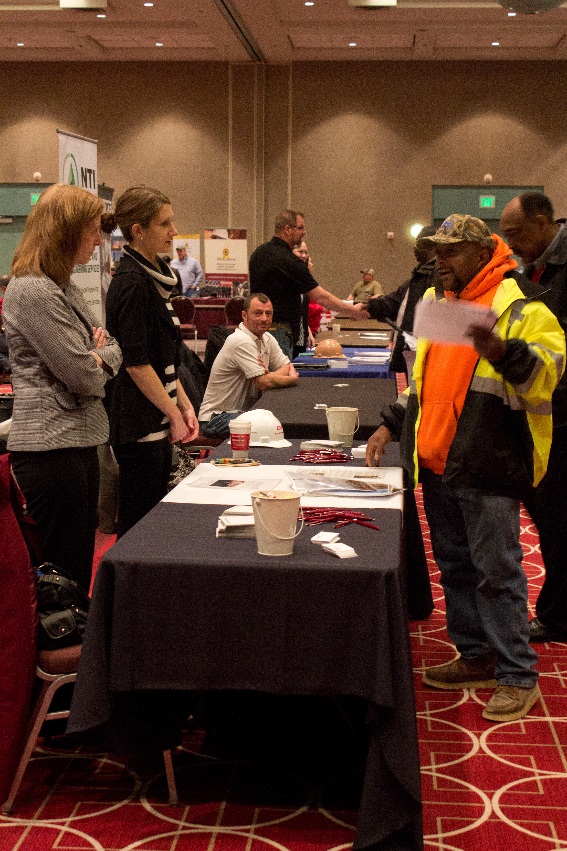
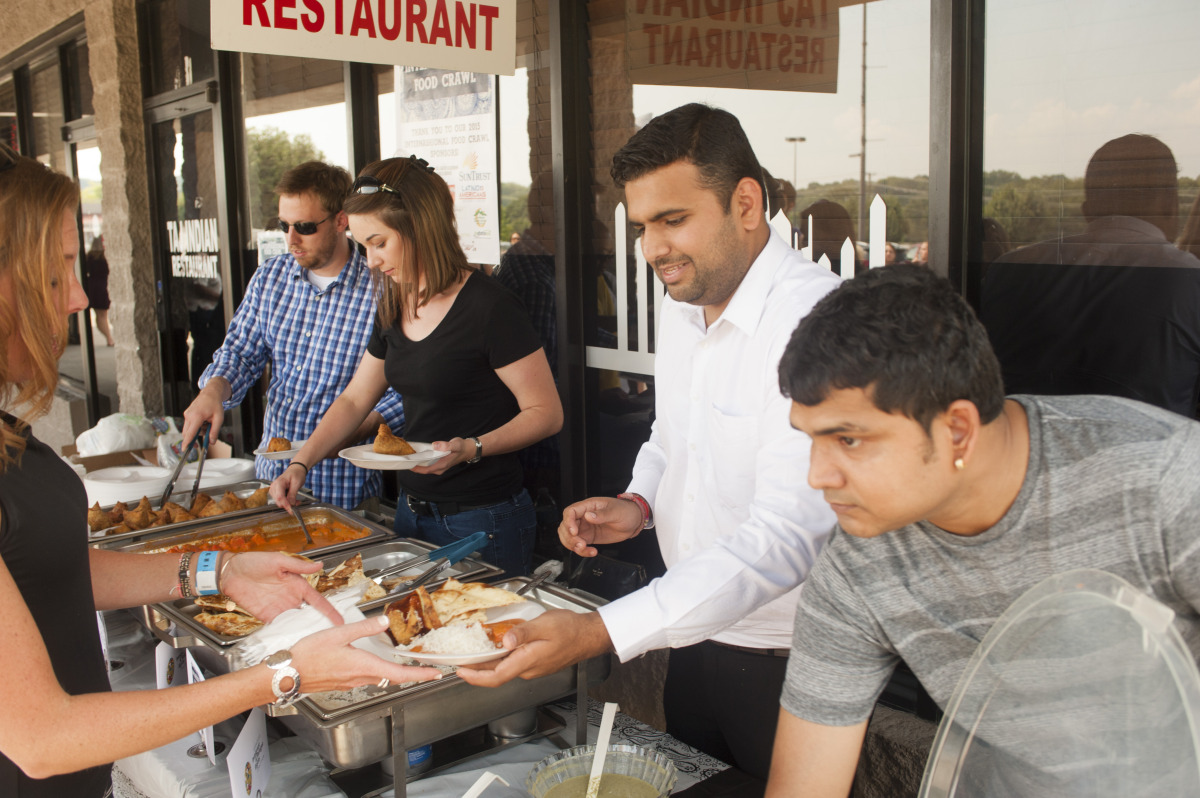
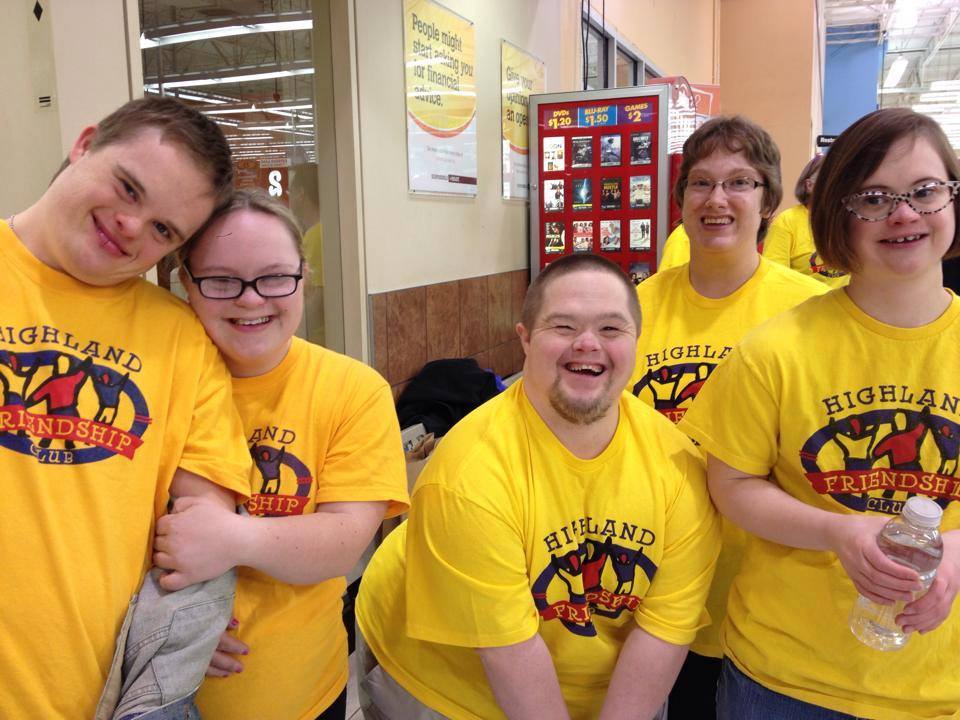
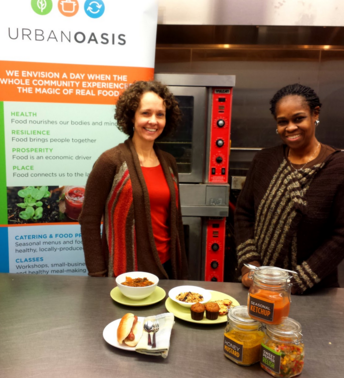
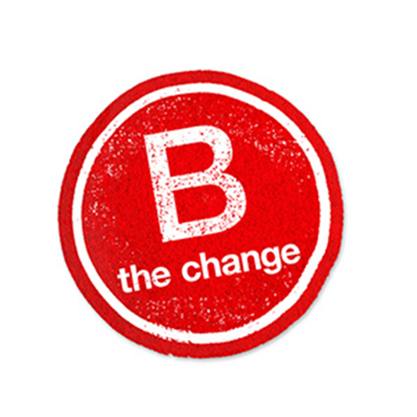


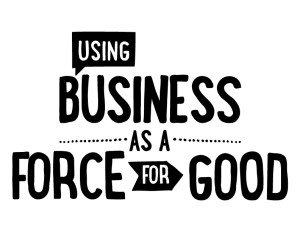
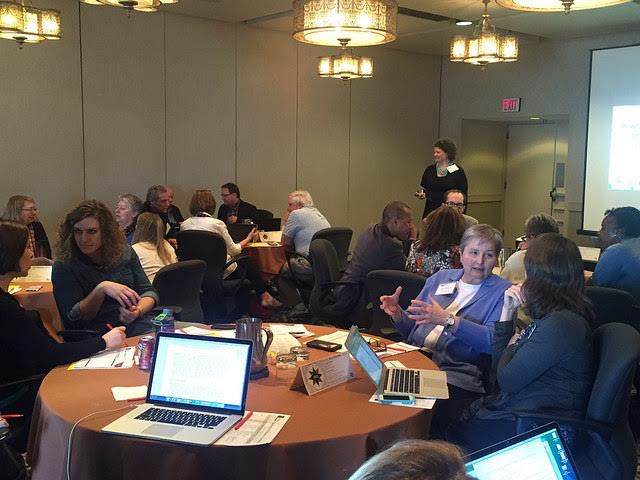
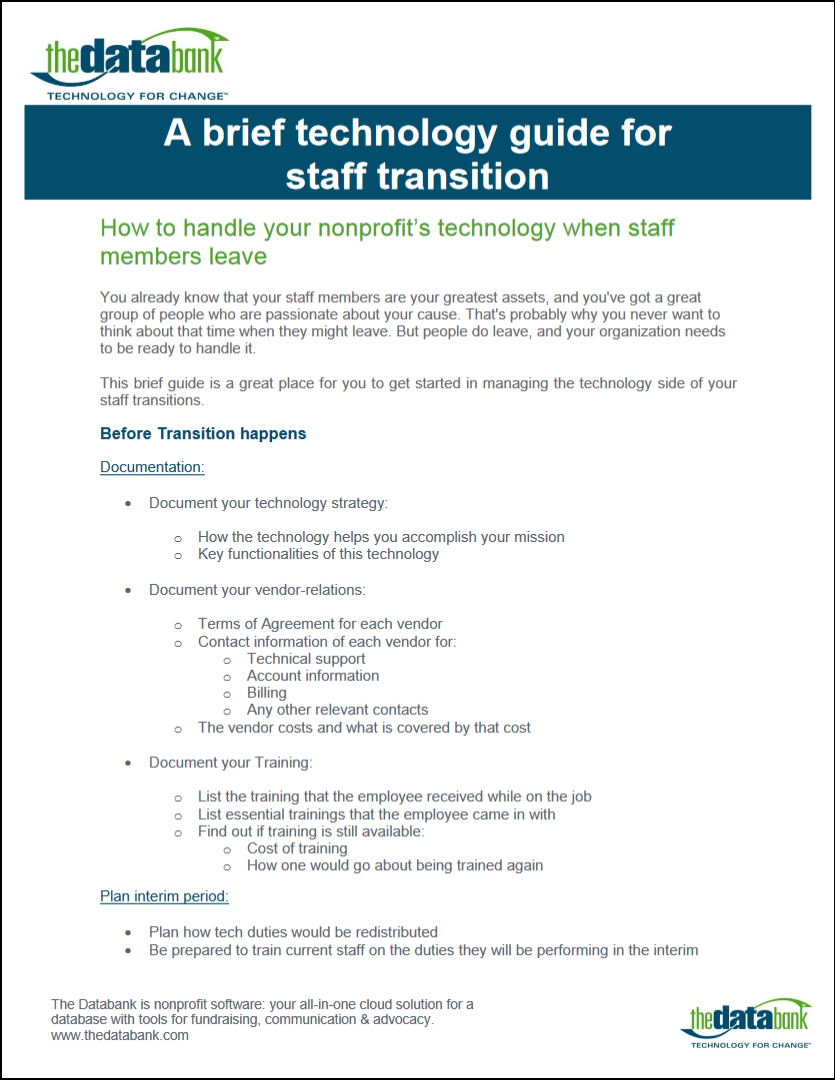
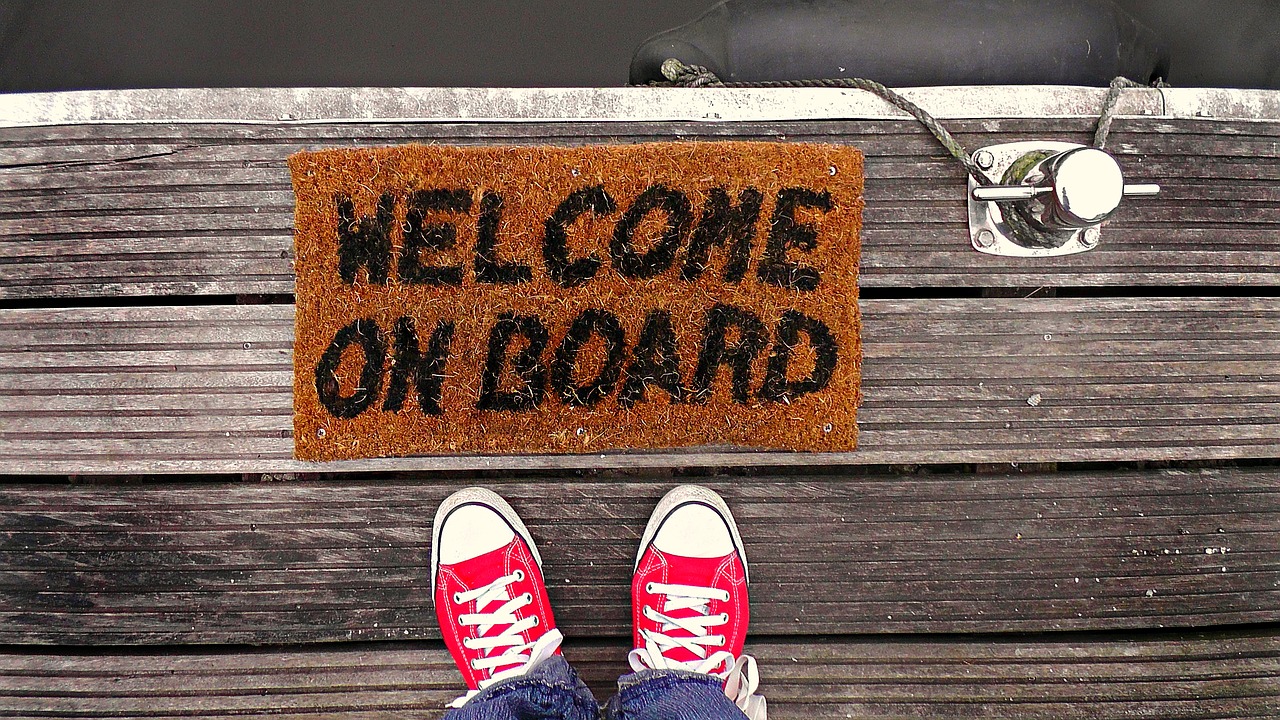
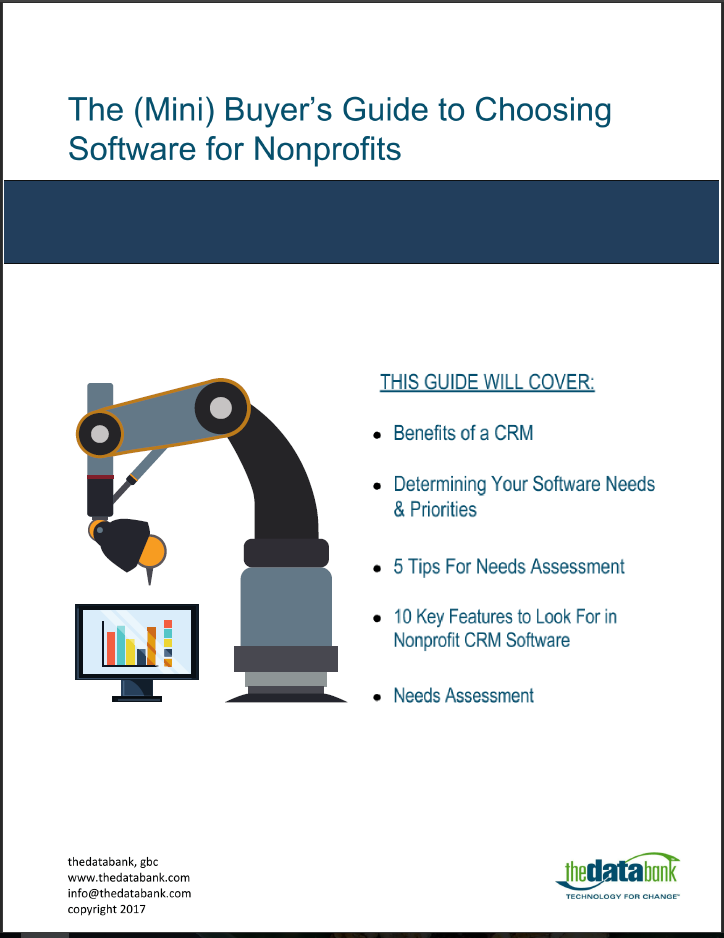
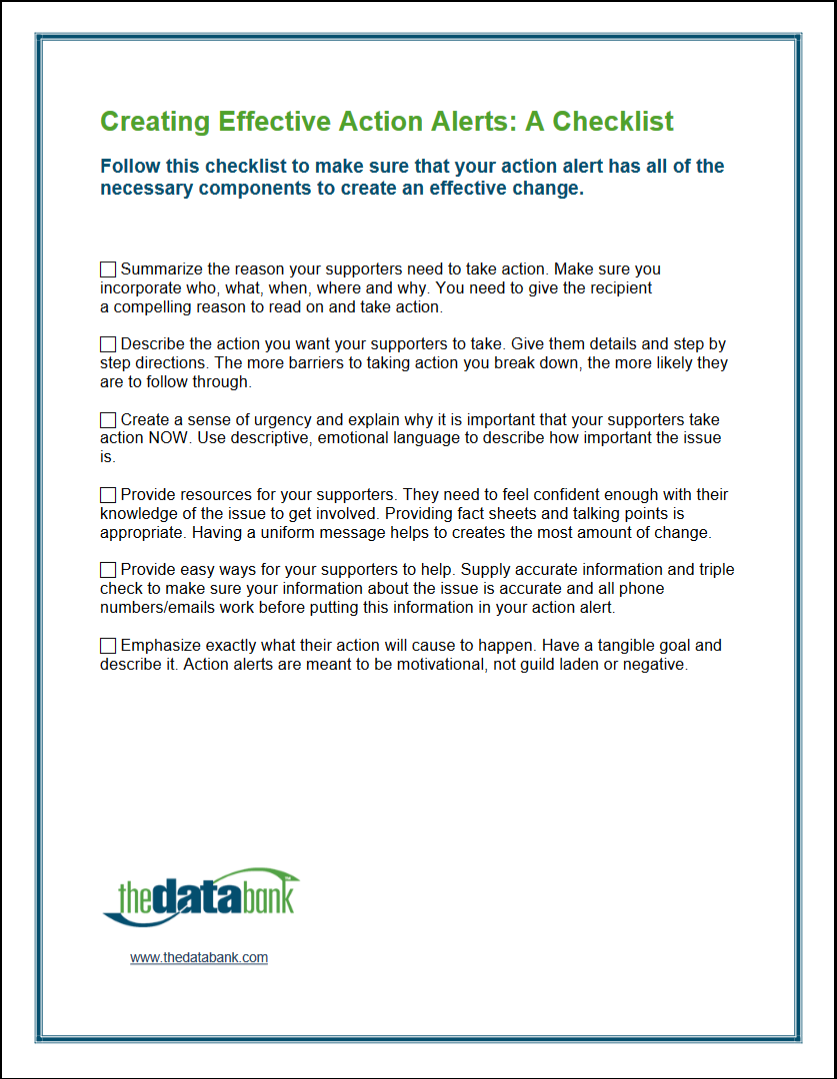

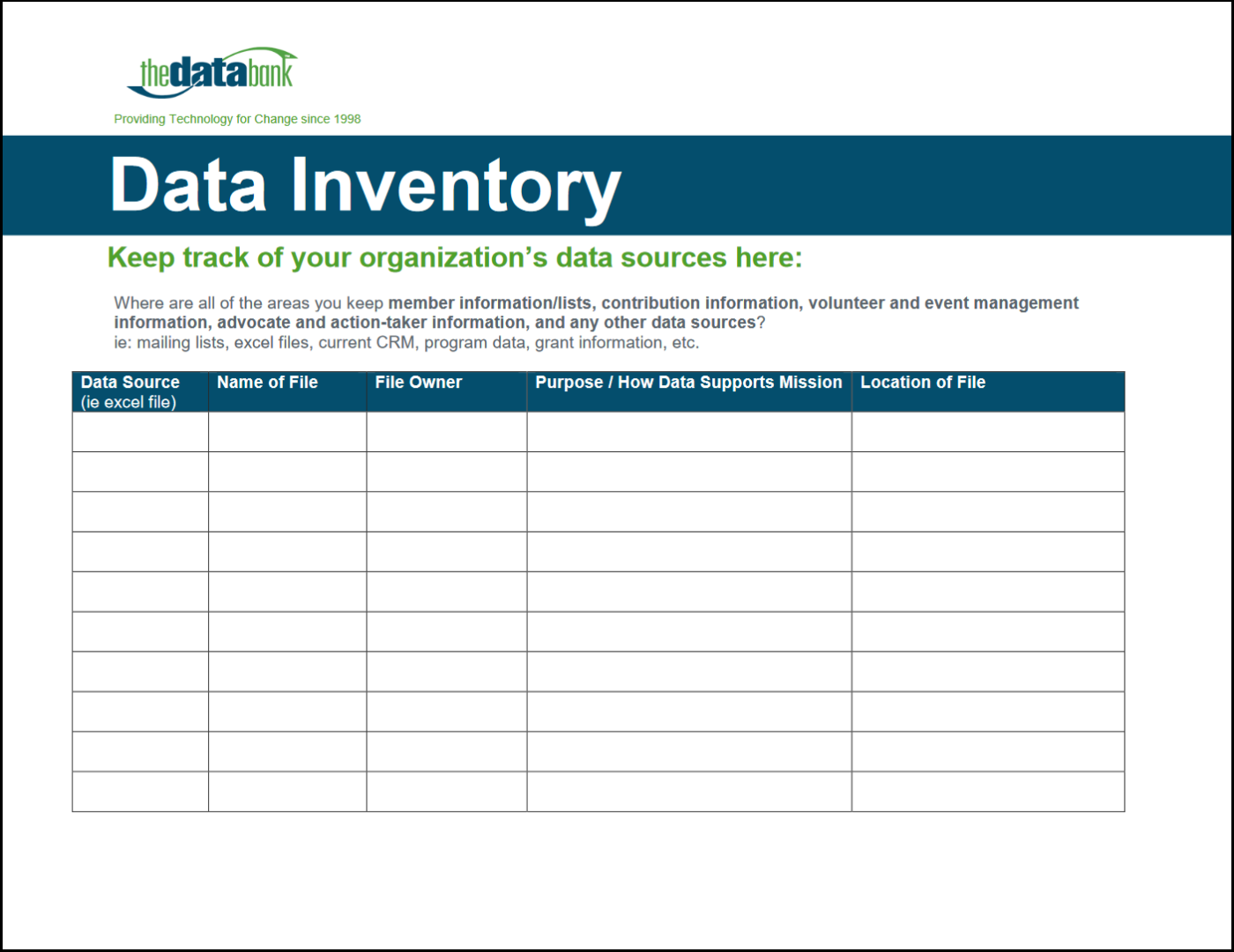

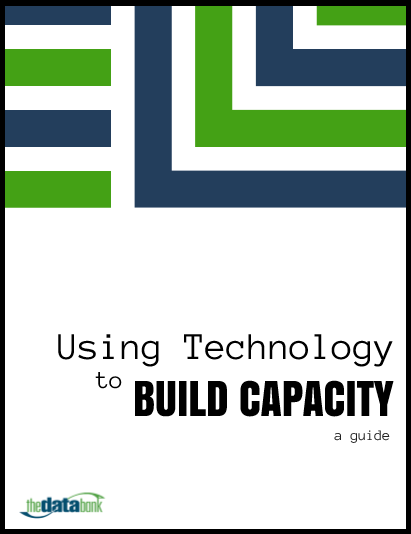


 thedatabank, gbc is technology for change, and we walk the talk.
thedatabank, gbc is technology for change, and we walk the talk. 